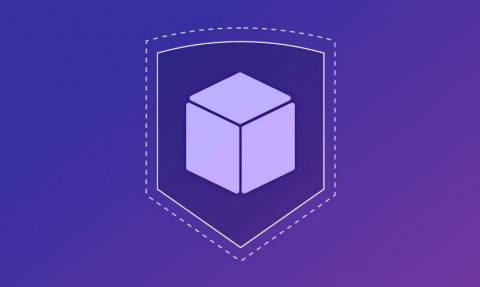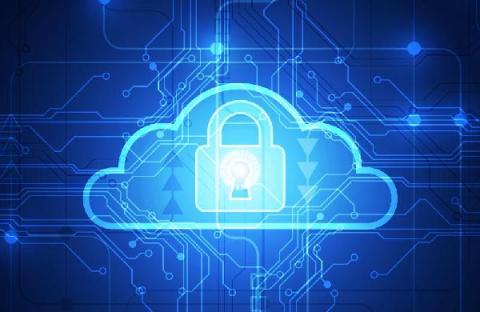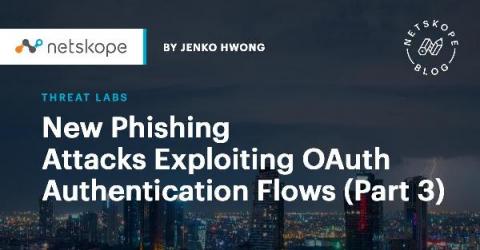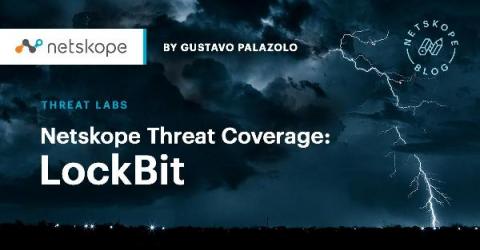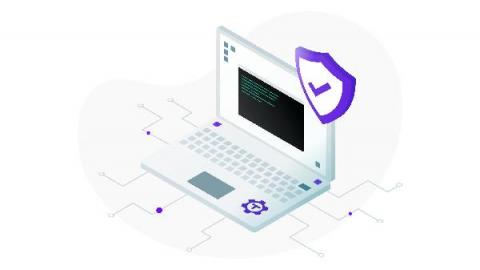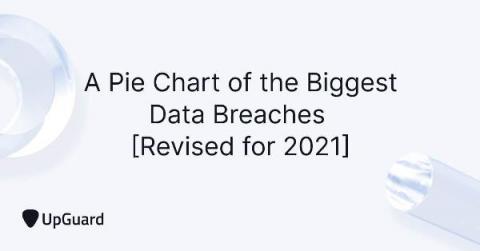Protecting your crypto wallet from hackers, thieves and bots
Over the past five years, blockchain technology has gone mainstream. More and more investors, businesses and opportunistic hobbyists are filling their cryptocurrency wallets with crypto assets like Bitcoin and Ethereum. In fact, the global user base of all cryptocurrencies increased by an estimated 190 percent between 2018 and 2020. There is undoubtedly money to be made, ushering newcomers into the world of blockchain.




